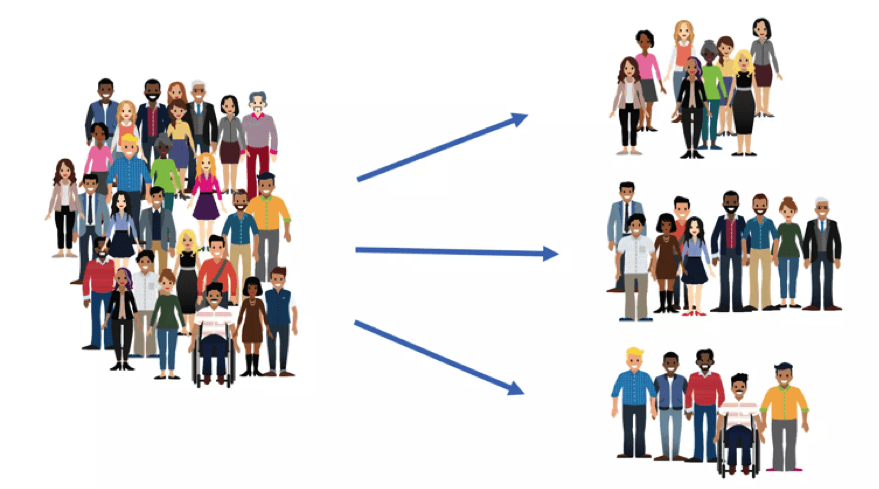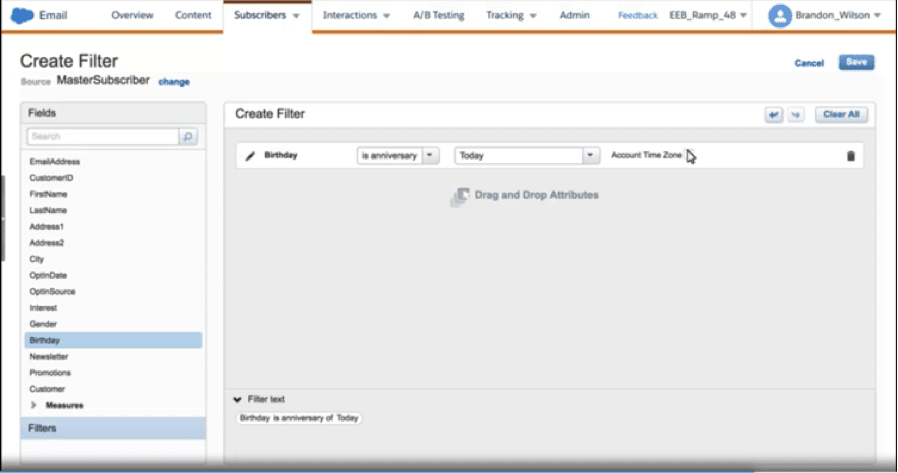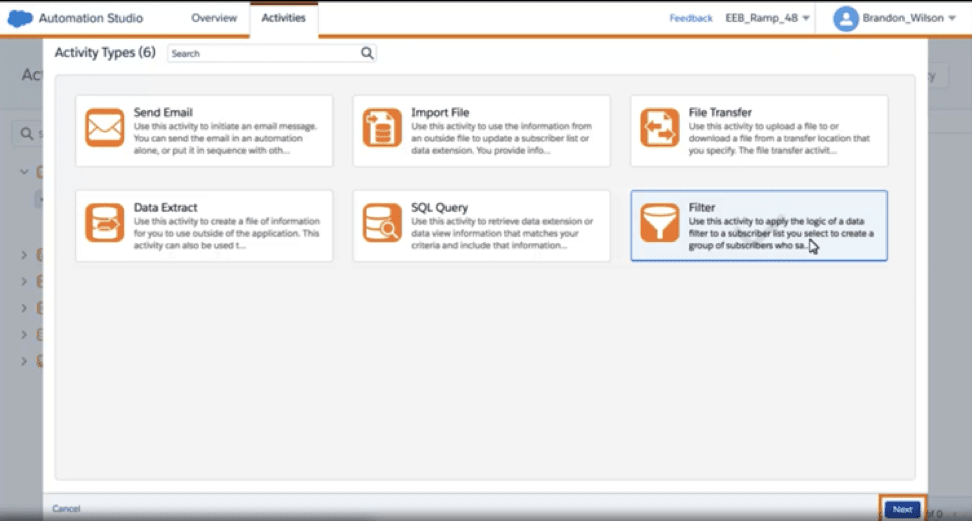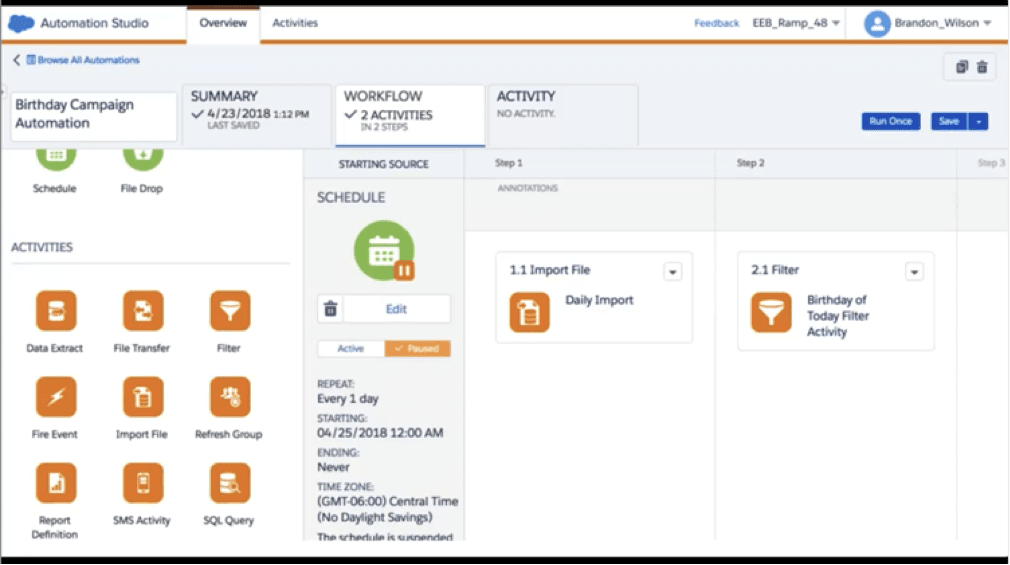Select your language
Blog
Dive into the world of Marketing Automation:
Practical & helpful knowledge that makes your daily life with Marketing Automation easier!
Audience Segmentation, what do you need to do?
"Segmentation is the slicing and dicing of your subscriber lists so that you can target with specific, relevant, and timely messages—messages grab your customers' attention."
To send the right message to the right person, you need more information from the customer. Customers are often willing to share personal information with companies if they get personalized offers or discounts in return. Collecting the data should be a two-way street.
Simple example: Sign up for the newsletter and receive 10% off your first order.
Does it work?
Before starting to segment, you may think, does it work?
According to several marketing researches, it ensures you're delivering the right message to the right person at the right time. Further positive consequences of segmentation are:
- Higher click-through rates
- Higher conversion rates
- Better email deliverability
- Lower unsubscribe rates
- Higher-quality email analytics
What are you waiting for? Let's get started!
Most common ways to segment your audience
The criteria you can use to segment your audience is virtually endless. Here are some common ways companies segment their data.
- Interest: What interest have your subscribers indicated in their profile?
- Behaviour: What page(s) did your subscribers visit, or been clicking on?
- Purchase history: Last purchased item or what item did they left in their shopping carts?
- Communication preferences: Do they prefer communication via email, social media, mobile messaging, ads, or a combination?
- Subscriber status: New subscribers, are they a loyal client? Have they become inactive or been inactive for a long time?
- Previous email interactions: Have they opened your emails? What time did they open your emails?
- Gender
- Age
- Geographic location
Don't be afraid if you have not enough data at start, even a simple data point as geography is a good place to start.
- Does each segment have its own unique needs? (Otherwise it's not a segment!)
- Can you contact the segment through your marketing efforts?
- Are the people in the segment likely to respond?
- Is your return likely to be worth the investment?
- Does your segmentation align to the values and goals of your company or product?
Finally, make sure you continuously measure the effectiveness of the segments you choose with engagement metrics including open rate, click rate, conversion rate, and unsubscribes or opt-outs.
Now that we have the theory set, let's make it practical.
Practical example: Birthday of today
For example you run a e-commerce business and you would like to give your customers a birthday present with a coupon code which is valid for a week.
The Automation
Automation is what it's all about. As your marketing efforts grow, you have to scale up in a way that saves resources. Automation does just that - a possible reason to acquire a product like Marketing Cloud.
Step 1 Segmenting a Data Extension using a Data Filter
First we need to create a Data filter for the Data Extension we would like to use.
In this case we need to look for the Anniversary of today.
Step 2 Creating a Filter Activity
Inside Marketing Cloud we use Automation Studio to create automations.
Automating segmentation with a filter activity is a two-step process: First you define which filter is used, in our case the Birthday of today. Then you schedule the filter activity to run, so called the automation. That comes in handy when you have a large number of customer transactions or interactions each day.
Step 3 Creating the automation
We create a new Automation with the following steps:
- Determine the frequency: Automation is planned every day from today.
- Selection of the data to be filtered: Possible is a daily import of the data or a data extension.
- Selection of the filter activity just created: In our example this is "Today's birthday".
- Activation of the automation
Automation finished, and now?
Now we almost have "The right message, for the right person, at the right time. By filtering we have created a segmentation with the right persons we were looking for. The next and final step would be to send a personalized message and send it at the right time. The best option is to use Journey Builder.
Summarized what we did is shown in the picture. We grab Data out of Salesforce or your Ecommerce store and filter it with Automation studio on a daily basis. With Journey Builder we send the customers a message with a unique coupon code to boost your sales and make the client engage with your brand.











